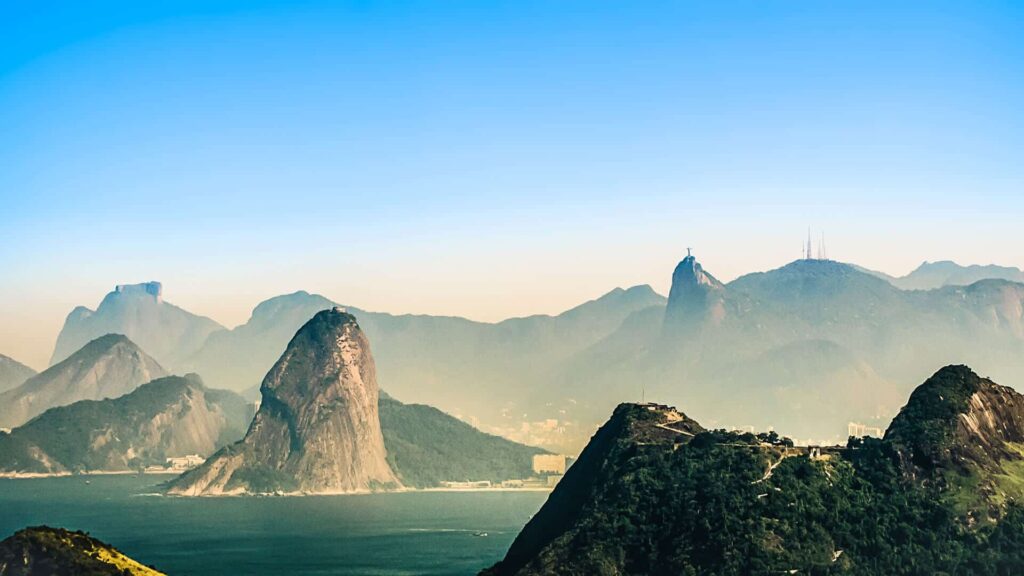One of the oldest cities in the world that has been inhabited continuously is Varanasi, sometimes referred to as Kashi. It is situated on the banks of the River Ganges, which Hindus regard as sacred, in the northern Indian state of Uttar Pradesh. The city is the setting for numerous intriguing tales, legends, and myths and has a long cultural and religious past.
Varanasi is among the world’s oldest cities and is thought to have been created roughly 5000 years ago. According to Hindu mythology, Lord Shiva, one of the most revered gods in Hinduism, decided to reside in Varanasi. Because of this, the town is often referred to as the “city of Shiva.” According to legend, Lord Shiva, who is claimed to still reside in Varanasi as the Kashi Vishwanath temple, one of the most revered temples in the city, built the city.
The steps that descend to the Ganges River are known as “Ghats” in Varanasi. The Ghats are a well-liked location for both locals and visitors to take a bath in the sacred river, which is thought to cleanse sins and bestow benefits. In Varanasi, there are more than 80 ghats, each of which has a distinct history and significance. The Manikarnika Ghat is among Varanasi’s most well-known Ghats. It is thought that Lord Shiva dropped the pearl earring (Manikarnika) while dancing on this Ghat. The Ghat is also known as the “burning Ghat” because, following Hindu tradition, cremations take place there. According to legend, those who are buried at the Manikarnika Ghat’s crematory achieve Moksha or freedom from the cycle of life and death.
The Assi Ghat is another well-known Ghat in Varanasi. The Ganges River and the Assi River meet at this Ghat’s location. It is said that after killing the demon Shumbha-Nishumbha, Lord Shiva went for a swim in the Assi River. The Ramcharitmanas, an epic poem based on the life of Lord Rama, is supposed to have been written at this location by the well-known Indian saint and poet Tulsidas, who is also connected to the Ghat.
Varanasi is renowned for its temples as well. The Kashi Vishwanath temple, which honors Lord Shiva, is one of the most significant temples in the city. Every day, thousands of worshippers travel to the temple, which is located in the center of the city. A trip to the Kashi Vishwanath temple is thought to be able to free one from the cycle of birth and death.
The Sankat Mochan Hanuman temple, which honors the monkey god, Lord Hanuman, is another well-known temple in Varanasi. Devotees travel to the temple, which is close to the Assi Ghat, in search of Lord Hanuman’s blessings and protection. The well-known saint Tulsidas is credited with founding the temple.
Another industry in Varanasi is the silk business. Some of the finest silk in the world is made in this city. Women from all around India and the world highly value the Varanasi-made Banarasi silk sarees. It is thought that Varanasi’s silk business was founded more than 2000 years ago, and it has a long history.
Varanasi not only has a strong religious and cultural heritage, but it also has some of the best examples of Indian architecture. Beautiful monuments and buildings can be seen all across the city, several of which date back more than 500 years. The Ramnagar Fort, which was constructed in the 18th century by Kashi Naresh, the King of Varanasi, is one such example. The fort, which is known for its exquisite architecture and detailed carvings, is situated on the Ganges River’s eastern bank.
The Alamgir Mosque, which was constructed in Varanasi in the 17th century by the Mughal emperor Aurangzeb, is another well-known example of Indian architecture. The mosque is located on the banks of the River Ganges and is famous for its stunning architecture and intricate designs.
Varanasi is also home to several museums, which showcase the rich history and culture of the city. The Bharat Kala Bhavan Museum, located inside the Banaras Hindu University, is one of the most famous museums in the city. It houses a collection of over 100,000 objects, including paintings, sculptures, textiles, and archaeological finds.
Varanasi is home to several famous personalities, including some of the most renowned Indian musicians and poets. The city has a rich tradition of music and poetry and has produced some of the most famous artists in the country. The well-known Indian classical musician Pandit Ravi Shankar, who was born in Varanasi and is regarded as one of the all-time finest sitar performers, is one such example.
Any food fan visiting Varanasi should sample the street cuisine, which is also renowned for being delicious. Varanasi’s street cuisine is renowned for its distinctive flavor and rich flavors. Chaat, samosas, kachoris, and lassi are a few of the city’s most popular street foods.
Varanasi is renowned for its colorful festivals and celebrations in addition to its rich cultural and historical history. The Kumbh Mela, which takes place every 12 years and draws millions of people from all over India and the world, is one of the most well-known festivities in the city. The event, which honors dedication and religion, is thought to be the biggest religious gathering on earth.
In general, Varanasi has a rich and varied cultural legacy. It is a city rich in myth and history that has had a significant impact on India’s culture and traditions. It is a city that is both fascinating and enchanting and is a must-visit for anyone interested in exploring the vibrant culture of India.


